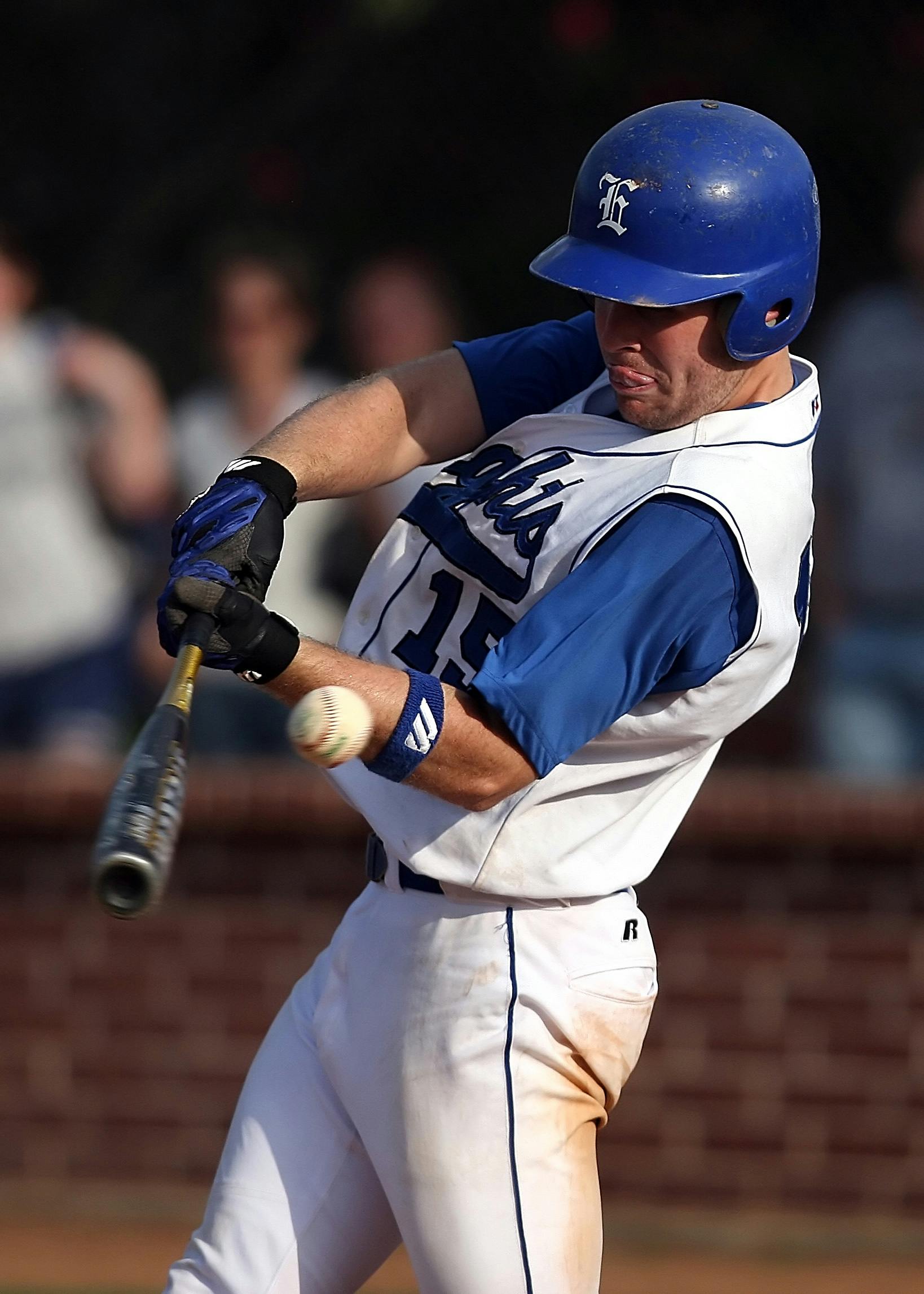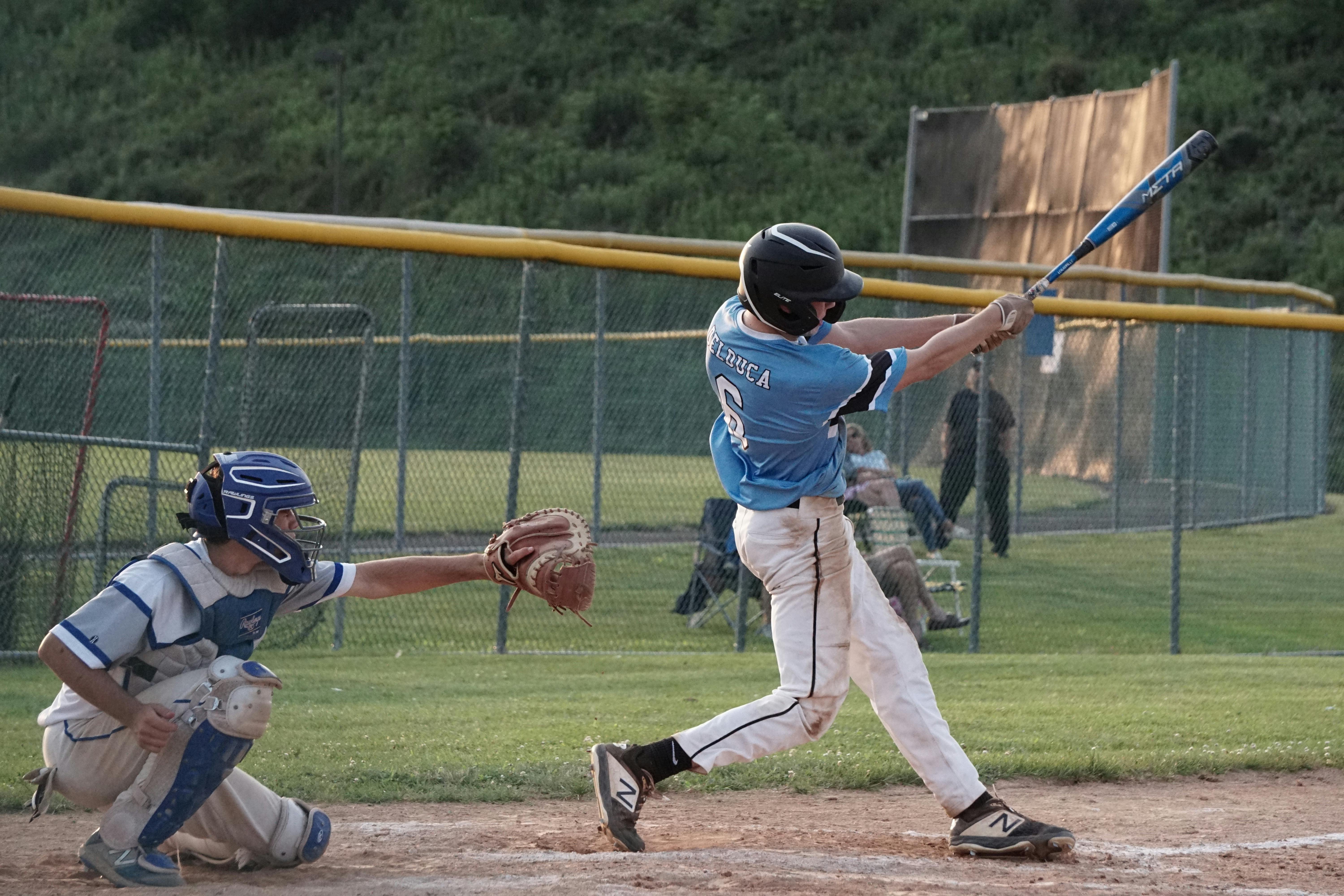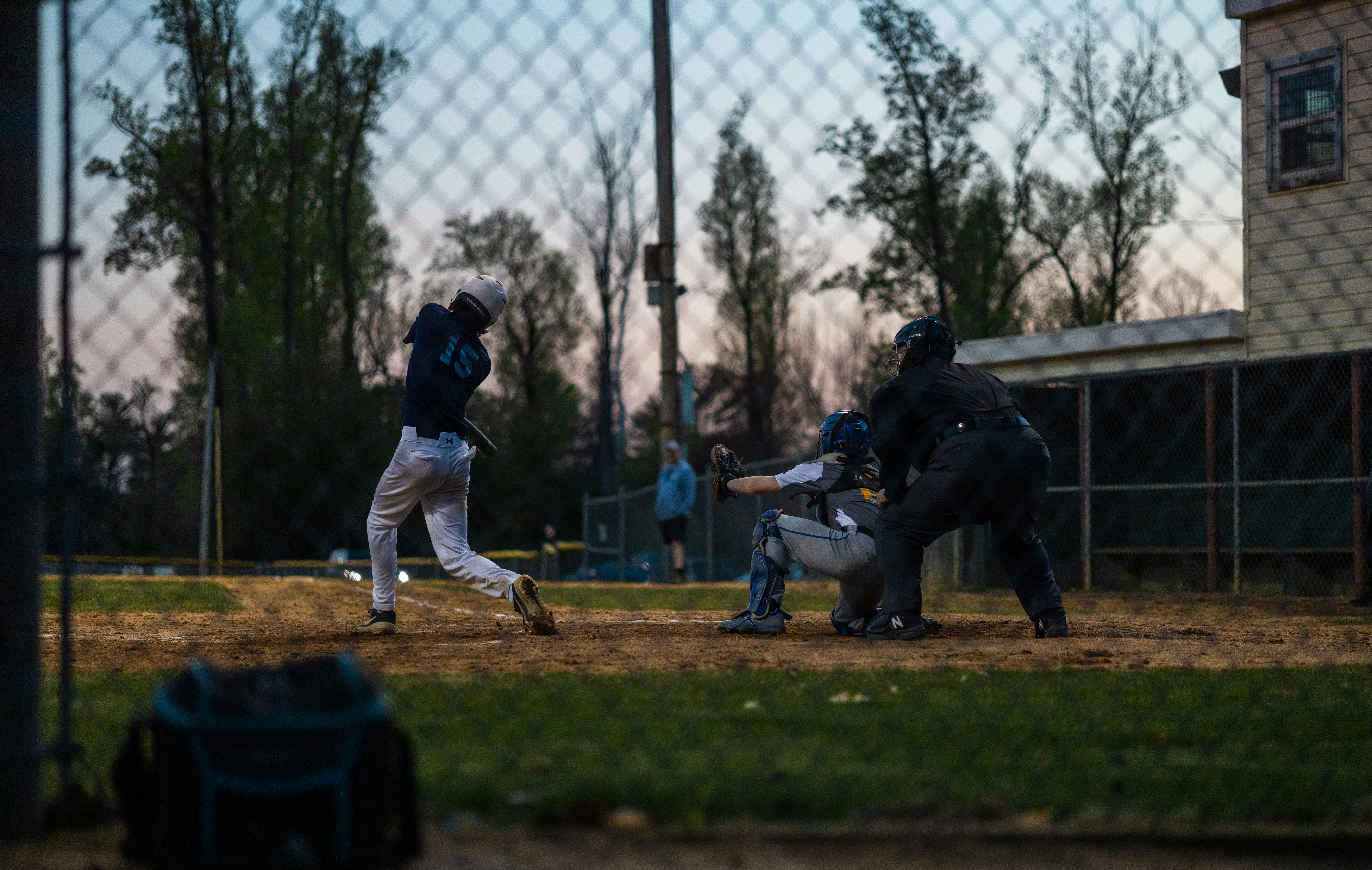The Rise of Sports Fanfare in Modern Baseball
Baseball isn’t just a sport—it’s a spectacle fueled by passion, precision, and performance. In recent years, the rise of sports fanfare base ball has transformed the game from a pastime into a pulsating experience for millions of fans worldwide. This article delves into the core of this evolution, uncovering the strategies, history, and future of baseball fanfare. From fundamentals to advanced applications, you’ll discover how fanfare fuels the sport’s emotional and strategic heartbeat.

Understanding the Fundamentals
At its core, sports fanfare base ball is about the intersection of gameplay and grand performance. It merges athletic prowess with entertainment value, creating a deeper connection between teams and their communities. This fanfare has become an essential part of the game’s evolution.
Understanding how baseball transformed from quiet, small-town competitions into full-scale productions requires examining its historical context. As media coverage grew and stadiums expanded, so did the rituals, chants, and elaborate ceremonies that now define the fanfare experience.
1.1 Community Engagement
Community engagement is a cornerstone of fanfare. From Little League to the MLB, teams have increasingly built traditions—like opening day ceremonies or 7th-inning stretches—that connect fans to their local heroes. Studies show that teams with active local outreach see a 25% higher attendance on average.
This emotional investment extends beyond ticket sales. It influences player morale and even franchise decision-making. While many associate fanfare with flashy intros, the real magic is in the bonds built in the bleachers and backyards.
1.2 Broadcasting and Media Evolution
Unlike the radio-era broadcasts of the early 20th century, today’s baseball experience includes real-time analytics, camera drones, and VR enhancements. This evolution is a direct response to the growing demand for immersive sports entertainment.
Televised events with fanfare-rich storytelling attract diverse audiences. Modern broadcasters now weave narratives, highlight crowd reactions, and feature interactive elements that blur the line between fan and player.
Practical Implementation Guide
Now that we understand what sports fanfare base ball entails, how can organizations and communities bring these principles to life? Implementation involves planning, logistics, and creativity. Success depends on consistency and engagement across all levels—from players to fans to staff.

2.1 Actionable Steps
- Host Pre-Game Rituals: Start with anthem performances, ceremonial first pitches, and localized rituals to foster community pride.
- Utilize Digital Scoreboards: Display trivia, live social media posts, and interactive fan cams during breaks to maintain engagement.
- Coordinate Thematic Events: Create “throwback nights” or “superhero days” to draw in diverse demographics and families.
2.2 Overcoming Challenges
Common obstacles include limited budgets, volunteer shortages, and weather disruptions. Prioritize investments in reusables like banners and sound systems. Collaborate with local businesses for sponsorships and volunteers.
Watch out for disjointed planning or lack of audience awareness. Solutions include early promotion, rehearsal walk-throughs, and assigning clear roles to event staff. Always have contingency plans ready—especially for outdoor events.
Advanced Applications
Once foundational elements are in place, the next step is mastering advanced fanfare strategies. These take engagement to the next level, making baseball not just a sport, but a cinematic, cultural event.

3.1 Augmented Reality (AR) Integration
AR is rapidly revolutionizing fanfare. Stadium apps now allow fans to view 3D stats, participate in scavenger hunts, or preview replays from multiple angles—all from their phones. Case studies from major franchises show 18% increased engagement after introducing AR fan experiences.
3.2 Stadium-Wide Synchronization
Advanced lighting systems, synchronized chants, and mobile-controlled stadium displays allow entire audiences to participate in coordinated cheers. When integrated with team apps and wearable tech, this creates a truly immersive game-day atmosphere.
Future Outlook
The next five years will likely bring even more personalized fanfare. AI-driven fan behavior analytics, dynamic ticket pricing, and NFT-based loyalty programs are already being tested by top franchises. These will further customize the baseball experience, boosting attendance and loyalty.
To stay ahead, teams and organizers should invest in technology, diversify event teams, and consistently engage youth communities. Grassroots innovation will remain the heartbeat of sustainable fanfare growth.
Conclusion
To summarize, sports fanfare base ball is more than just stadium noise—it’s a deliberate, strategic effort to deepen the baseball experience. From community ties to high-tech integrations, fanfare has become central to modern baseball’s identity.
Now is the time to embrace these practices. Whether you’re a coach, organizer, or lifelong fan, there’s a place for you in building baseball’s next great era. Dive into the culture, organize your events, and be part of something unforgettable.
Frequently Asked Questions
- Q: What is sports fanfare base ball? It’s the integration of entertainment, community traditions, and technology to elevate the baseball viewing experience.
- Q: How can I start organizing fanfare for my local team? Begin with pre-game traditions and partner with local schools or bands to enhance events.
- Q: How much time does it take to plan a fanfare event? Planning can take 2-6 weeks depending on the scale, with larger events needing more lead time and coordination.
- Q: Is fanfare expensive to implement? Costs vary widely. Small events can run on under $500 with community support, while large-scale productions may need $10K+ budgets.
- Q: How does baseball fanfare compare to other sports? Baseball relies more on tradition and pacing, while sports like basketball or soccer may lean on rapid-fire engagement.
- Q: Is technical knowledge required? Basic event management skills are helpful, but many solutions are plug-and-play or supported by vendors.
- Q: Can this work for minor league or youth teams? Absolutely. In fact, smaller leagues often have more flexibility to test and personalize fanfare experiences.
